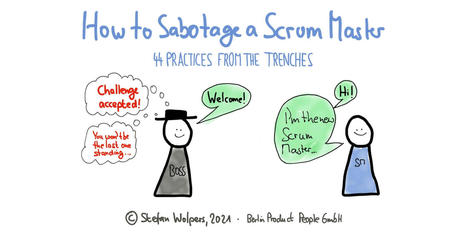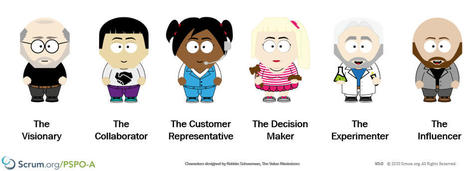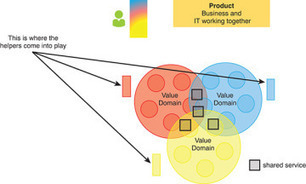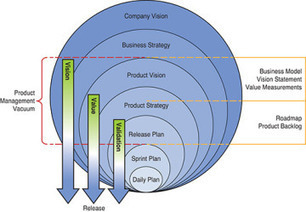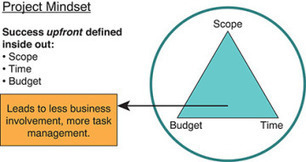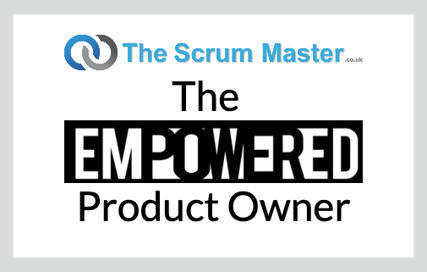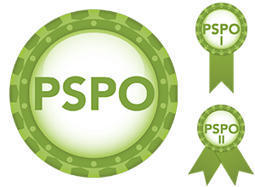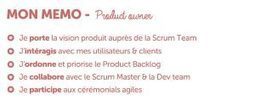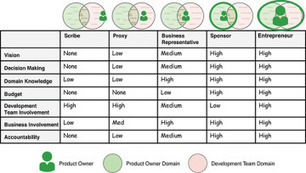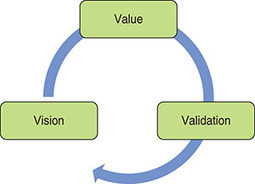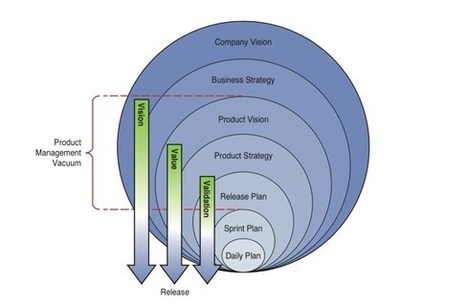1) I would highly recommend attempting PSM-1 certification prior to PSPO-1. There are many overlapping subject areas, and thoroughness in PSM-1 preparation covers more than half the material required for PSPO-1.
You can find my post on PSM-1 preparation here: How-to-pass-psm-1-self-study-thoughts-tactics
2) The following are the major subject areas for PSPO-1 certification
a) Agile Product Management: PSM-1 preparation is sufficient. Additionally, focus on how a product owner would envision a product’s life in an agile environment. If you have time, learn about Business Model Canvas and Value Proposition. It would help in understanding how a product owner would define the customer segments, value proposition, key activities etc.
b) Value Driven Development: Put yourself in a Product Owner’s shoes, and visualize how you would enhance the product’s value. This would involve defining and measuring key metrics that are likely to increase your product’s value and ROI.
Read the Evidence Based Management Guide. The guide covers the key metrics used for measuring a product’s value and you can expect a few questions in your assessment on this topic.
Link to the EBMgt guide: Evidence-based-management-guide
c) Scrum Theory & Empiricism: PSM-1 preparation is sufficient.
d) Scrum Framework: PSM-1 preparation is sufficient.
e) Product Backlog Management: PSM-1 preparation would cover a significant portion of this subject area. A very good source that explains the nuances of Product Backlog Management is the “Scrum Crazy New Product Owner” blog. Additionally, learn about user stories, acceptance criteria, estimation techniques like planning poker etc.
Link: Scrum Crazy New New Product Owner
f) Release Management: This subject area involves the release strategies that a Product Owner would employ. Once again, the “Scrum Crazy New Product Owner” blog covers good ground on this topic. Additionally, learn about velocity, cone of uncertainty, customer absorption etc.
3) Scrum.org provides free open assessments for both “scrum master” and “product owner” subject areas that test your basic understanding. Attempt these as many times as you can.
4) Apart from the scrum open assessments for the above roles, I would encourage you to attempt the other open assessments available for Nexus and Developer. This will enrich your overall understanding of scrum.
Link to all scrum open assessments: https://www.scrum.org/open-assessments
5) Mikhail Lapshin has prepared a wonderful quiz for PSPO-1 aspirants, similar to his PSM-1 quizzes. A combination of the PSPO and the PSM quizzes would ensure good coverage of the scrum guide.
Link: http://mlapshin.com/index.php/scrum-quizzes/
6) The only assessments I took up during preparation were the scrum.org open assessments and Mikhael Lapshin’s quiz. There are many commercially available assessment packages, but I would refrain from commenting on them, since I have not used them. However, if you have covered the topics mentioned above, you might not have any real use for them.
 Your new post is loading...
Your new post is loading...
 Your new post is loading...
Your new post is loading...




